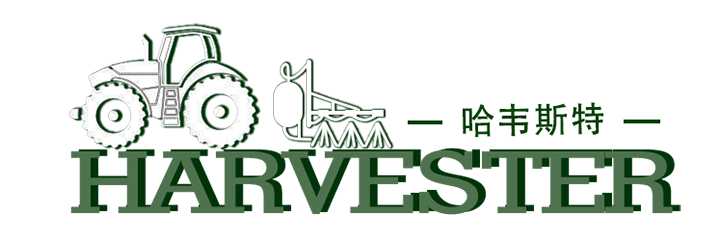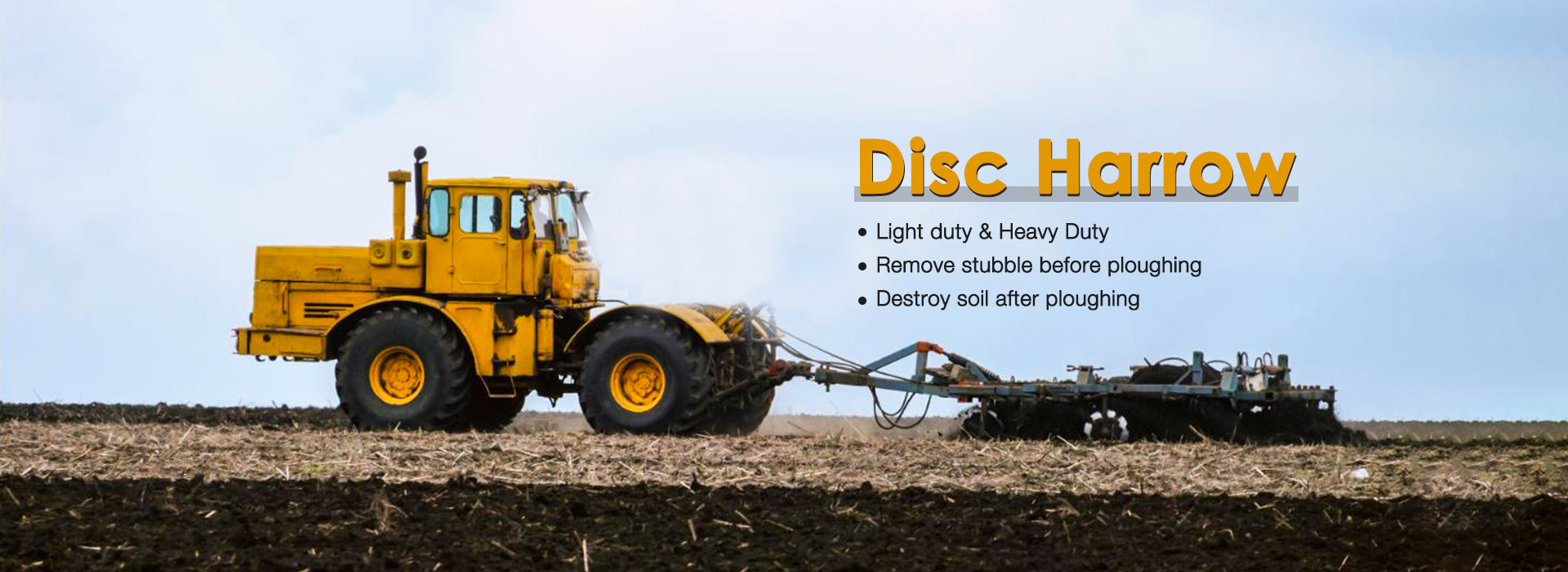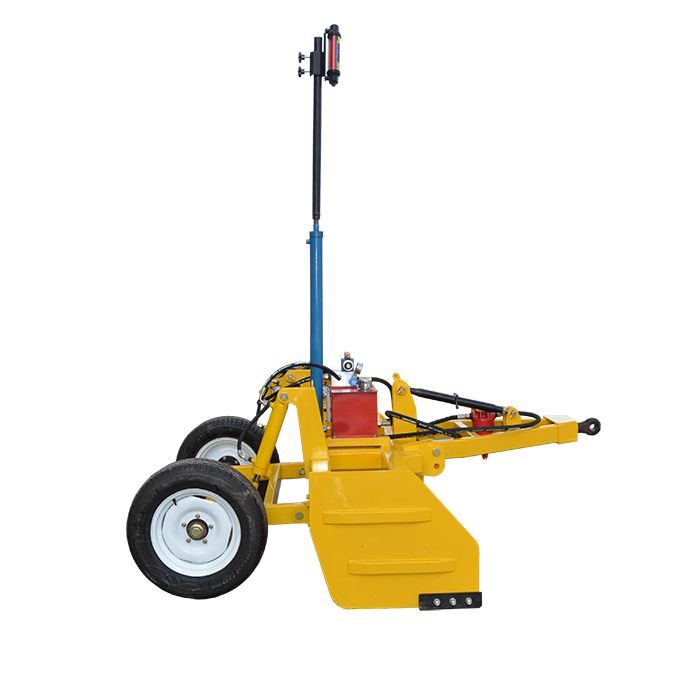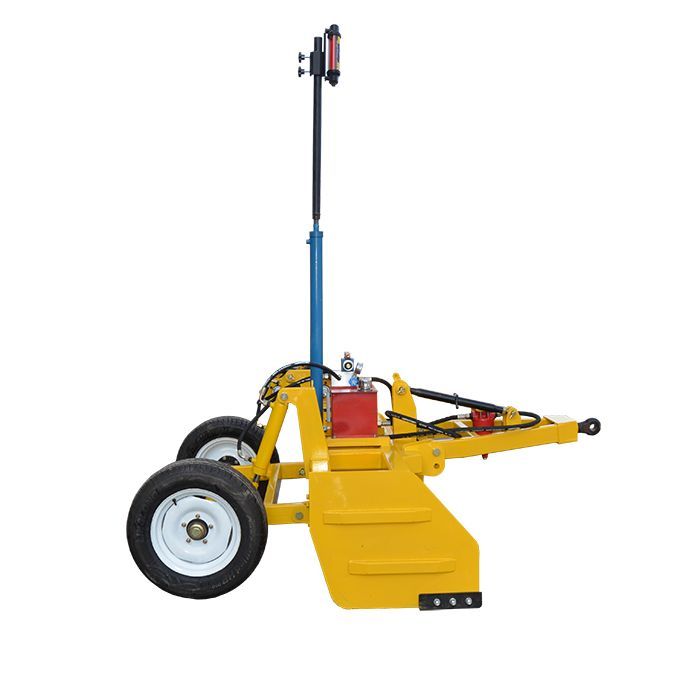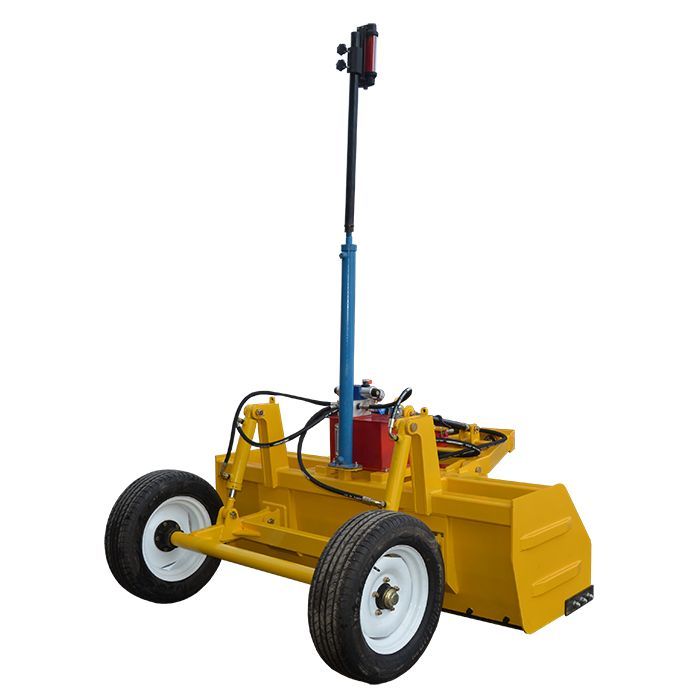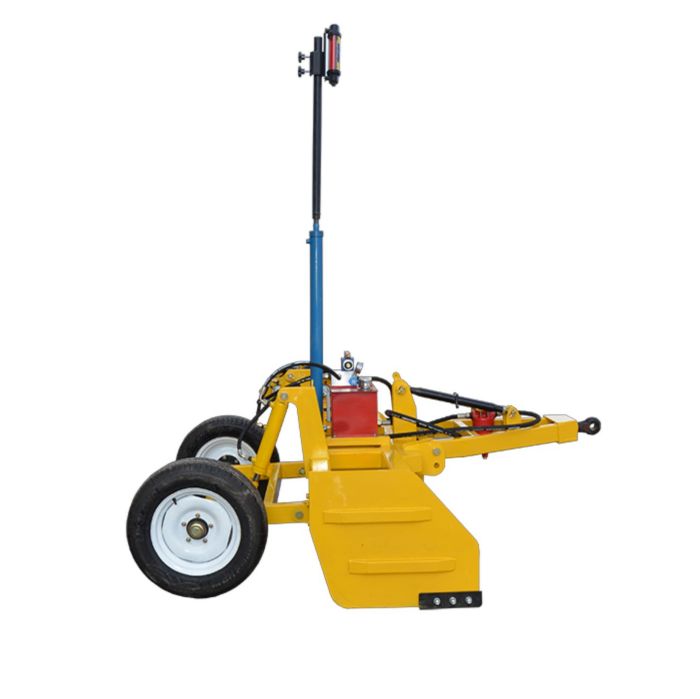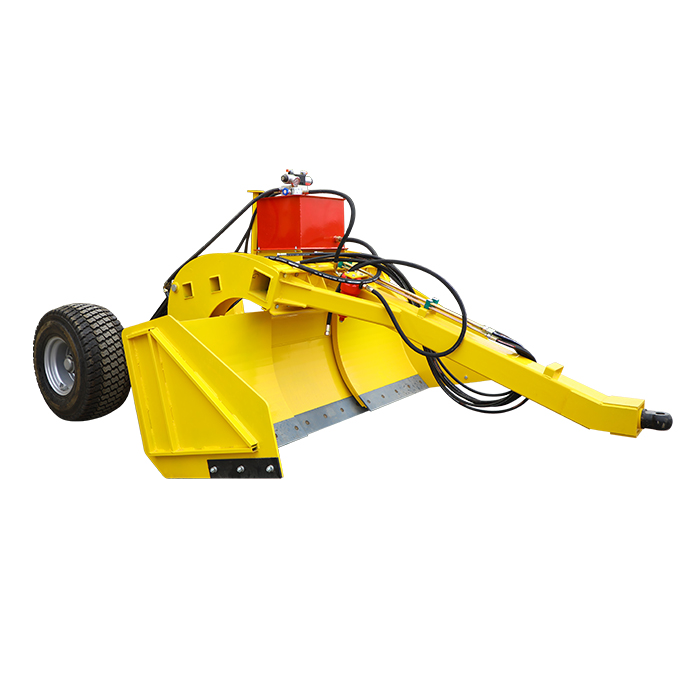Agri Land leveler
Land levelling is a crucial process in modern agriculture, essential for optimizing crop yields and improving irrigation efficiency. At the heart of this process lies the agri land leveler, a sophisticated piece of agricultural machinery designed to create a smooth, uniform surface across fields. This blog post delves into the intricacies of the product, exploring their functionality, types, and the myriad benefits they offer to farmers worldwide. We'll examine how these machines transform uneven terrain into productive farmland, ultimately contributing to enhanced agricultural productivity and sustainable land management practices.
Send Inquiry
Product Description
Understanding Agri Land Levelers
Definition and Purpose of Agri Land Levelers
Definition and Purpose of Agri Land Levelers
A agri land leveller is a specialized agricultural implement designed to flatten and smooth the surface of a field. Its primary purpose is to eliminate undulations, bumps, and depressions in the soil, creating a uniform plane. This levelling process is paramount for various agricultural activities, including efficient irrigation, proper seed placement, and uniform crop growth. The product come in various sizes and configurations, ranging from small tractor-pulled units to large, self-propelled machines, each tailored to specific field sizes and terrain types.
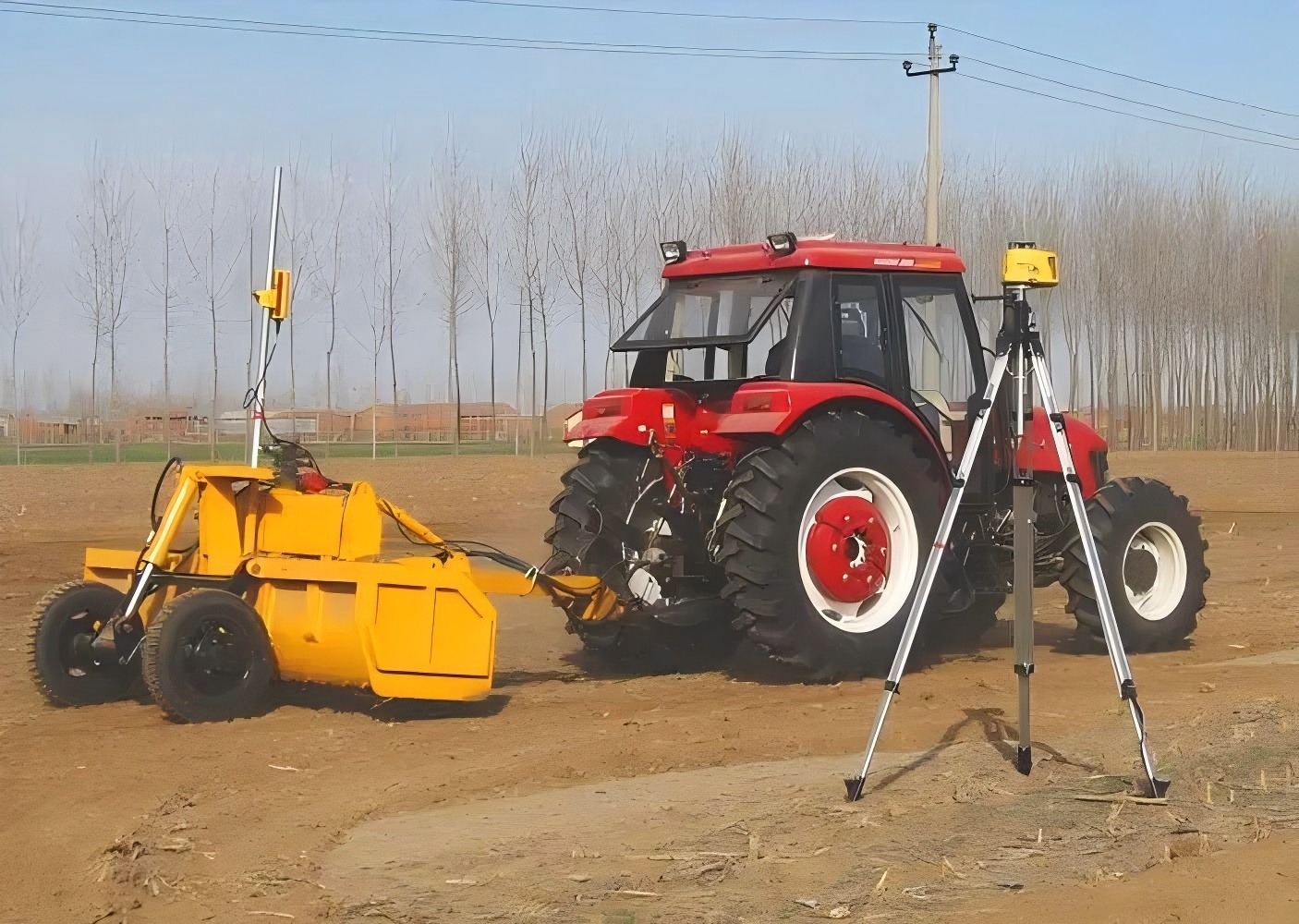
Components of a Agri Land Leveler
The typical agri land leveler comprises several key components working in harmony to achieve optimal soil levelling. The main frame, usually constructed from robust steel, forms the backbone of the machine. Attached to this frame is the levelling blade, a wide, adjustable surface that scrapes and redistributes soil. Hydraulic systems allow for precise control of the blade's height and angle. Many modern products also incorporate laser or GPS guidance systems for enhanced accuracy. Additional features may include depth control wheels, which help maintain consistent levelling depth, and finishing rollers that smooth the soil surface after levelling.
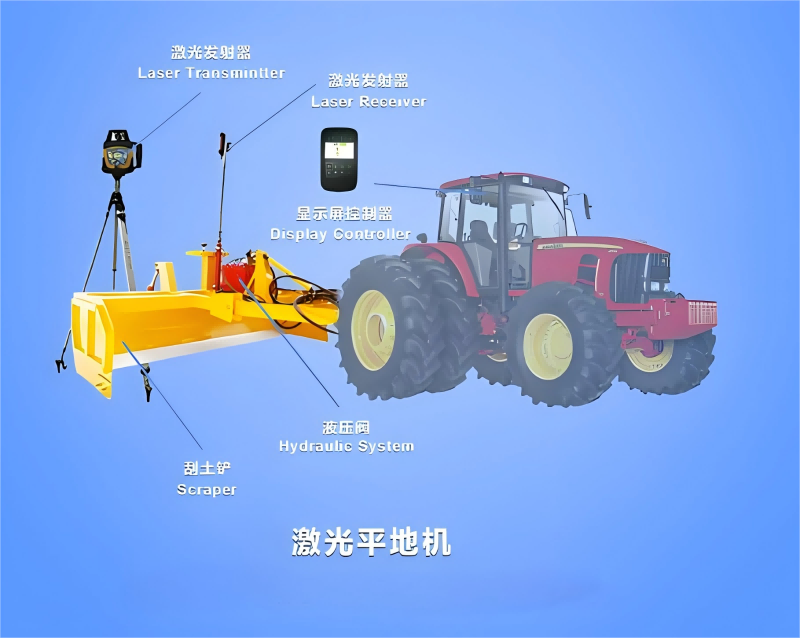
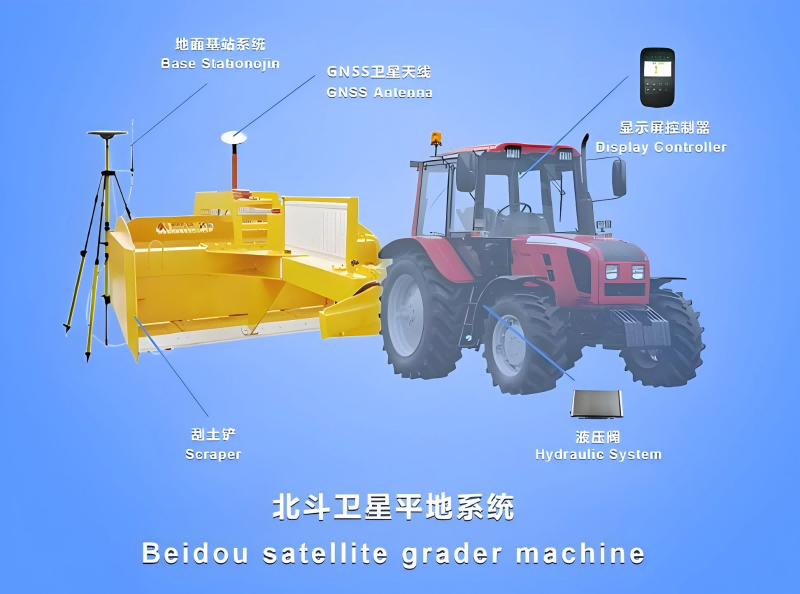
Types of Agri Land Levelers
Agri Land levelers come in various types, each designed for specific applications and field conditions. Drag-type levelers are simple yet effective, ideal for small to medium-sized fields. Laser-guided agri land levelers utilize advanced technology for high-precision levelling, particularly beneficial in large-scale operations. Hydraulic products offer greater flexibility and control, allowing operators to adjust the blade on-the-go. For more challenging terrain, there are robust, heavy-duty products capable of handling rocky or uneven surfaces. Some specialized levelers even combine levelling with other functions, such as seedbed preparation, offering multifunctionality to farmers.
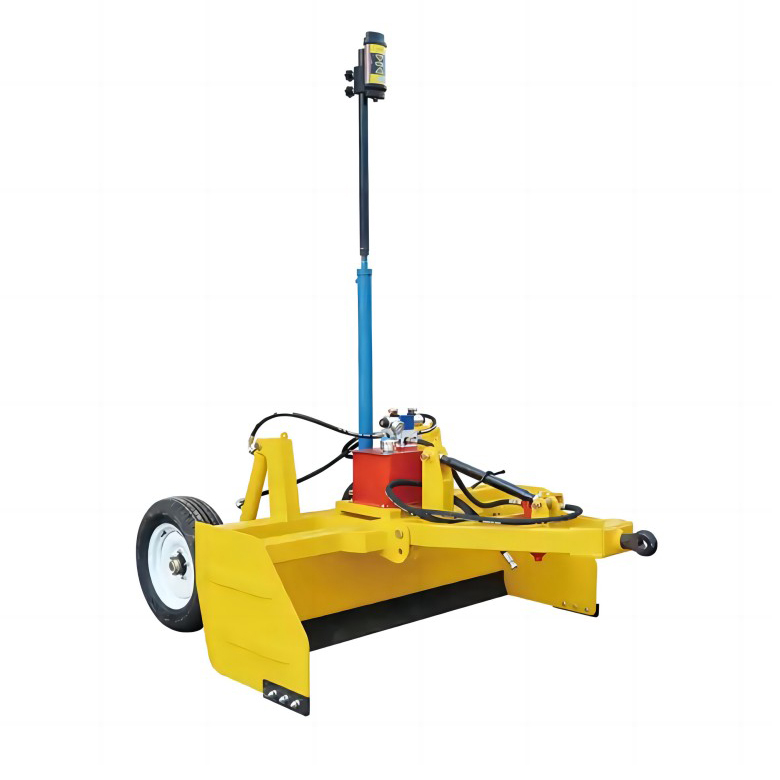

The Working Mechanism of Agri Land Levelers
Basic Operating Principle
Basic Operating Principle
The fundamental principle behind a agri land leveler's operation is straightforward yet ingenious. As the machine moves across the field, its blade scrapes the high points of the terrain, collecting excess soil. This collected soil is then deposited into the low-lying areas, effectively redistributing the earth to create a level surface. The precision of this process is crucial, as even minor variations in field elevation can significantly impact water distribution, seed germination, and ultimately, crop yield. Modern pro often incorporate advanced control systems that continuously adjust the blade's position to maintain the desired grade across the entire field.
Precision Control Systems
Contemporary agri land levelers are equipped with sophisticated control systems that dramatically enhance their precision and efficiency. Laser-guided systems, for instance, use a rotating laser beam to establish a reference plane. Sensors on the product detect this beam and automatically adjust the blade's height to maintain the desired level. GPS-guided systems take this a step further, allowing for complex grading patterns and even compensating for the Earth's curvature over large areas. These high-tech solutions not only improve accuracy but also reduce operator fatigue and increase overall productivity.
Soil Movement and Redistribution
The process of soil movement and redistribution is at the core of land levelling. As the agri land leveler traverses the field, it cuts into elevated areas, scooping up excess soil. This soil is then carried along the blade until it reaches a depression or low spot in the field. Here, the blade deposits the collected soil, gradually filling in these areas. The machine's operator or automated system controls this process, ensuring an even distribution of soil across the field. This redistribution not only levels the surface but can also help in mixing soil layers, potentially improving soil structure and fertility in certain areas of the field.
Benefits and Applications of Agri Land Levelers
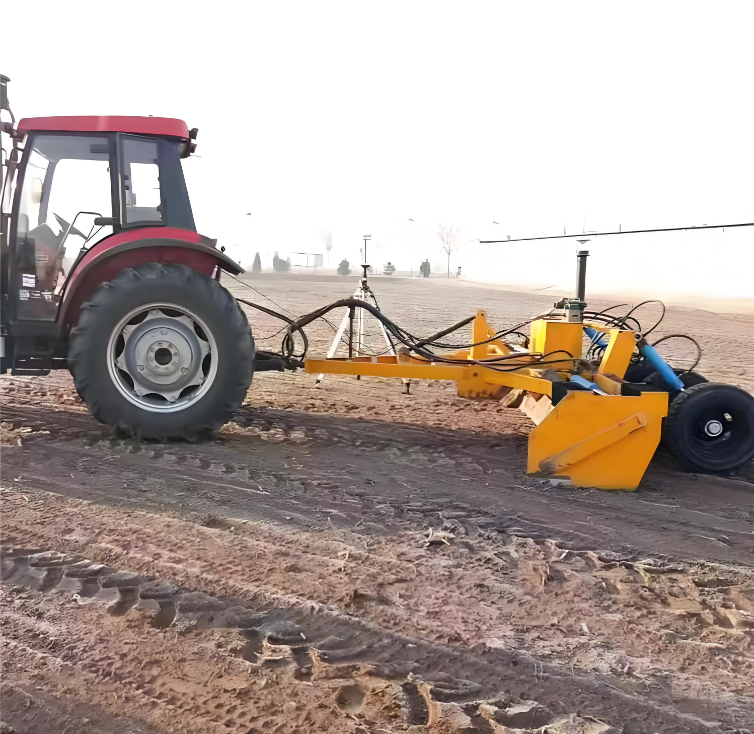
Improved Irrigation Efficiency
One of the primary advantages of using a agri land leveler is the significant improvement in irrigation efficiency. A level field allows for uniform water distribution, reducing water waste and ensuring that all parts of the field receive adequate moisture. This is particularly crucial in areas with water scarcity or where precision irrigation methods are employed. Level fields also facilitate better drainage, preventing water logging in low-lying areas that can lead to crop damage or reduced yield. The enhanced water management resulting from land levelling can lead to substantial savings in water usage and pumping costs, making it an environmentally friendly and economically beneficial practice.
Enhanced Crop Yield and Quality
Land levelling plays a vital role in boosting crop yield and quality. A uniform field surface promotes even seed germination and plant growth, as all plants have equal access to water and nutrients. This uniformity results in a more consistent crop, which is easier to manage and harvest. Moreover, level fields reduce the likelihood of standing water, which can lead to crop diseases and pest infestations. The improved growing conditions created by land levelling often translate into higher crop yields and better quality produce, directly impacting a farmer's bottom line.
Soil Conservation and Erosion Control
Agri Land levelers are invaluable tools in soil conservation efforts and erosion control. By smoothing out the field surface, they help reduce water runoff and soil erosion, particularly in sloped areas. This not only preserves valuable topsoil but also prevents the loss of nutrients and fertilizers. In addition, level fields are less prone to wind erosion, as there are fewer exposed edges and ridges for the wind to catch. The long-term benefits of these soil conservation efforts include improved soil health, reduced need for fertilizers, and sustained field productivity over time.
Conclusion
Agri Land levelers are indispensable tools in modern agriculture, offering a wide array of benefits from improved irrigation efficiency to enhanced crop yields and soil conservation. As technology continues to advance, these machines are becoming increasingly precise and efficient, playing a crucial role in sustainable farming practices. For farmers looking to optimize their land use and boost productivity, investing in a quality product can be a game-changing decision. If you want to get more information about this product, you can contact us at catherine@harvestermachinery.com.
References
1. Johnson, A. R. (2020). "Advanced Land Levelling Techniques in Precision Agriculture." Journal of Agricultural Engineering, 45(3), 178-192.
2. Smith, B. L., & Brown, C. D. (2019). "Impact of Land Levelling on Water Use Efficiency in Irrigated Crop Production." Water Resources Management, 33(2), 245-260.
3. Garcia-Ruiz, J. M. (2018). "Soil Conservation Strategies in Modern Farming: The Role of Land Levelling." Soil and Tillage Research, 182, 55-65.
4. Thompson, E. K., et al. (2021). "Comparative Analysis of GPS and Laser-Guided Land Levelling Systems." Precision Agriculture, 22(4), 1122-1138.
5. Patel, R. V., & Desai, K. L. (2017). "Economic Benefits of Land Levelling in Small-Scale Farming: A Case Study." Agricultural Economics Research Review, 30(2), 267-274.
6. Lee, S. H., & Park, J. W. (2022). "Advancements in Land Leveller Design for Improved Soil Management." Agricultural Systems, 196, 103343.
2. Smith, B. L., & Brown, C. D. (2019). "Impact of Land Levelling on Water Use Efficiency in Irrigated Crop Production." Water Resources Management, 33(2), 245-260.
3. Garcia-Ruiz, J. M. (2018). "Soil Conservation Strategies in Modern Farming: The Role of Land Levelling." Soil and Tillage Research, 182, 55-65.
4. Thompson, E. K., et al. (2021). "Comparative Analysis of GPS and Laser-Guided Land Levelling Systems." Precision Agriculture, 22(4), 1122-1138.
5. Patel, R. V., & Desai, K. L. (2017). "Economic Benefits of Land Levelling in Small-Scale Farming: A Case Study." Agricultural Economics Research Review, 30(2), 267-274.
6. Lee, S. H., & Park, J. W. (2022). "Advancements in Land Leveller Design for Improved Soil Management." Agricultural Systems, 196, 103343.
Hot Tags: Agri Land leveler, China, Manufacturers, Suppliers, Factory, Wholesale
Related Category
Send Inquiry
Please feel free to give your inquiry in the form below. We will reply you in 24 hours.
